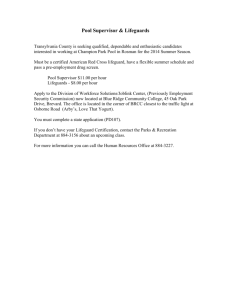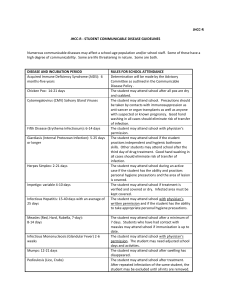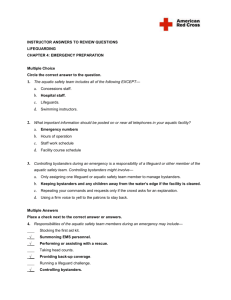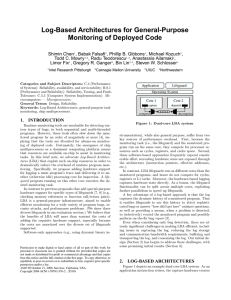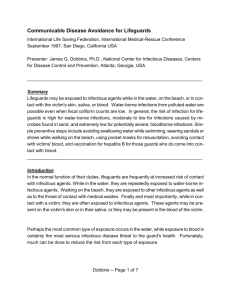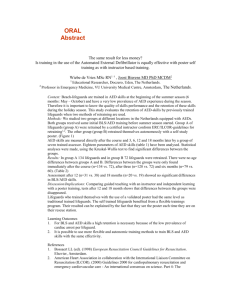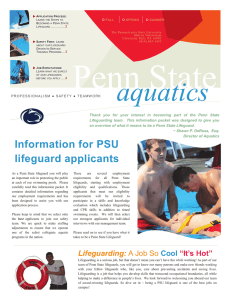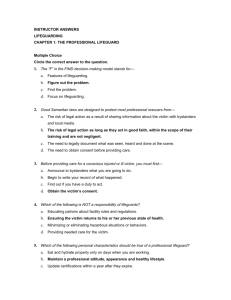Communicable Diseases - International Life Saving Federation
advertisement
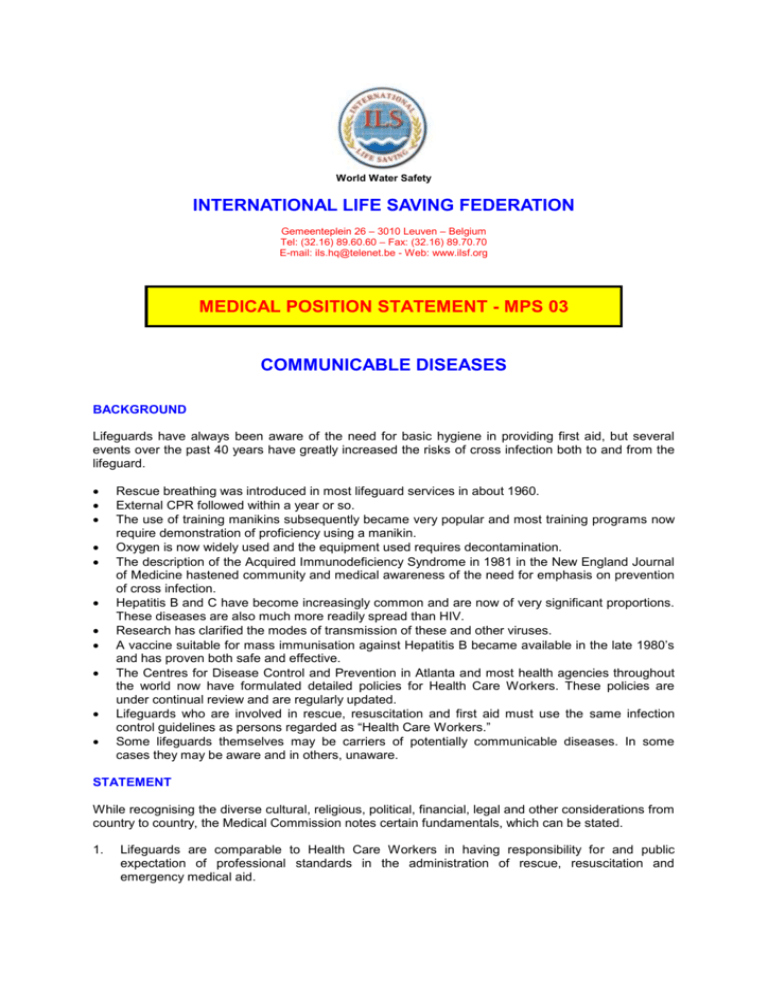
World Water Safety INTERNATIONAL LIFE SAVING FEDERATION Gemeenteplein 26 – 3010 Leuven – Belgium Tel: (32.16) 89.60.60 – Fax: (32.16) 89.70.70 E-mail: ils.hq@telenet.be - Web: www.ilsf.org MEDICAL POSITION STATEMENT - MPS 03 COMMUNICABLE DISEASES BACKGROUND Lifeguards have always been aware of the need for basic hygiene in providing first aid, but several events over the past 40 years have greatly increased the risks of cross infection both to and from the lifeguard. Rescue breathing was introduced in most lifeguard services in about 1960. External CPR followed within a year or so. The use of training manikins subsequently became very popular and most training programs now require demonstration of proficiency using a manikin. Oxygen is now widely used and the equipment used requires decontamination. The description of the Acquired Immunodeficiency Syndrome in 1981 in the New England Journal of Medicine hastened community and medical awareness of the need for emphasis on prevention of cross infection. Hepatitis B and C have become increasingly common and are now of very significant proportions. These diseases are also much more readily spread than HIV. Research has clarified the modes of transmission of these and other viruses. A vaccine suitable for mass immunisation against Hepatitis B became available in the late 1980’s and has proven both safe and effective. The Centres for Disease Control and Prevention in Atlanta and most health agencies throughout the world now have formulated detailed policies for Health Care Workers. These policies are under continual review and are regularly updated. Lifeguards who are involved in rescue, resuscitation and first aid must use the same infection control guidelines as persons regarded as “Health Care Workers.” Some lifeguards themselves may be carriers of potentially communicable diseases. In some cases they may be aware and in others, unaware. STATEMENT While recognising the diverse cultural, religious, political, financial, legal and other considerations from country to country, the Medical Commission notes certain fundamentals, which can be stated. 1. Lifeguards are comparable to Health Care Workers in having responsibility for and public expectation of professional standards in the administration of rescue, resuscitation and emergency medical aid. International Life Saving Federation Medical Position Statement – MPS-03. Communicable Disease Page 2 2. All lifeguard organisations should have current comprehensive policies on infection control relevant to their particular areas of responsibility in their own country. This policy should conform to international standards and should be endorsed by a qualified medical authority. 3. The Commission strongly endorses the principle of universal body substance precautions as the ideal standard and this should be incorporated in the policies mentioned in paragraph #2 (above). These require all lifeguards to assume that the blood and body substances of every person rescued or treated must be considered as potentially infective, independent of diagnosis or perceived risk. Universal body substance precautions should be used consistently when lifeguards are in contact with mucous membranes, broken skin and body substances including blood, urine, sputum, saliva and wound drainage. Of all body fluids, BLOOD is by far the most infective and therefore most dangerous. 4. All lifeguards should receive comprehensive instruction on relevant aspects of cross infection. 5. Whenever possible masks and gloves should be available for use in first aid and resuscitation. 6. All lifeguards are strongly advised to be immunised against Hepatitis B, whether there is legislation in their country or not. At present there is no vaccine available for Hepatitis C. Hepatitis A is a different disorder and immunisation should be considered for lifeguards in areas where the disorder is endemic or when travelling to such areas. 7. Lifeguards should be informed of their obligations and legal position should they know that they are carriers of a communicable disorder. This will vary from country to country and in some nations, from state to state. Furthermore, lifeguard organisations must be aware of their own legal position in the event of being informed that a lifeguard is a carrier of a communicable disease. 8. Any accidental exposure to body substances should be reported immediately so that appropriate action can be taken. 9. In particular, accidental needle stick injuries whether to a lifeguard or member of the public must be referred for urgent expert medical attention. 10. Decontamination of manikin parts and oxygen delivery equipment must be carried out according to the recommendations of the manufacturer or the responsible lifeguard authority. 11. The Centres for Disease Control and Prevention (CDC) in Atlanta, Georgia USA is recognised by the ILS Medical Commission and most health authorities internationally as being at the forefront of information and recommendations on infection control. 12. The website for the CDC is: http://www.cdc.gov. At the time this statement was published, the specific address of CDC information on Universal Precautions for Prevention of Transmission of HIV and other blood borne infections was: http://www.cdc.gov/ncidod/hip/blood/universa.htm REFERENCES All information from the Centres for Disease Control and Prevention is highly recommended as totally reputable and up to date. Communicable Disease Policy of Royal Lifesaving Society Australia Communicable Disease Policy of Surf Life Saving Australia Policy Statement approved by the ILS Board of Directors on 15/09/1999
